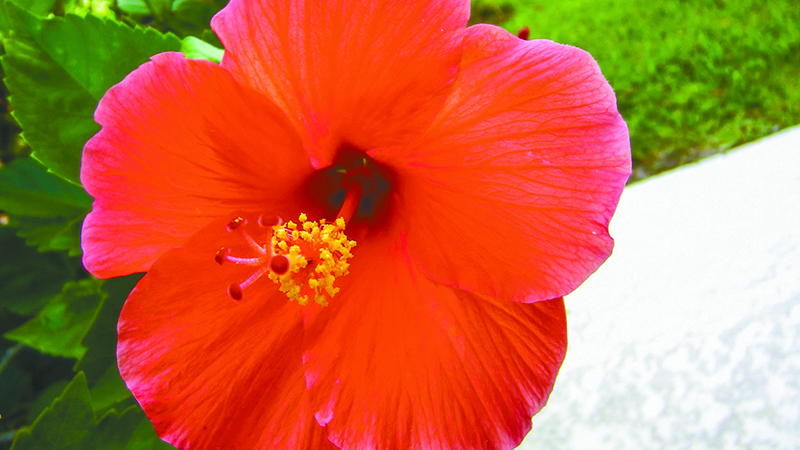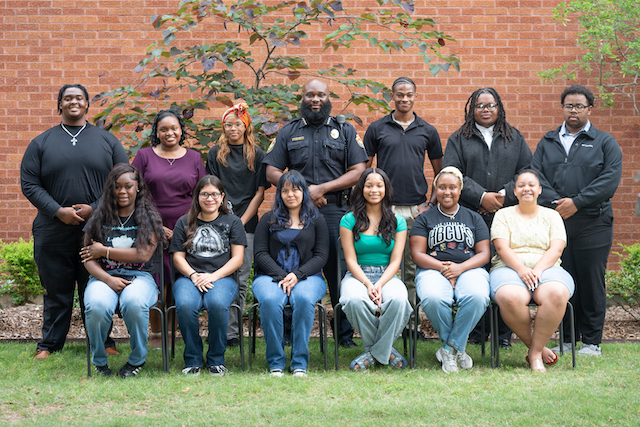OUT IN THE YARD — Landscape recovering from flood again
Published 12:05 am Friday, October 18, 2019
Tropical Storm Imelda caused homes and landscapes to flood again for the second time in two years in Southeast Texas! Our hearts go out to those trying to reclaim their lives. Do you remember how to care for flooded landscapes?
What’s in flood waters? Flood waters may contain serious health concerns as microorganisms (bacteria, viruses and parasites), hydrocarbons, pesticides, sewage, electrical and fire hazards, heavy metals, ant colonies and snakes. What happens to soil in flood waters? Soil is less fertile because nutrients have been leached away.
Have your soil checked to see which nutrients and fertilizers are needed in your landscape. Contact David Oates, Jefferson County Horticulture AgriLife Extension Agent, for soil sample information.
What happens to lawns in flood waters? Most lawn grasses will not survive after 4-6 days of submerged water. Be prepared to replace your lawn. If your grass survives, thoroughly wash the silt coating off the grass with clean water. One inch of silt will kill a lawn.
If there is a lot of silt, you may have to rake it off the lawn. Aerate to help dry the soil.
What happens to plants in flood waters? Plants submerged for long periods of time in floodwaters will cause roots to suffer from lack of oxygen and increase chances of root death. Most landscape plants can survive for about a week.
Plant stress occurs when soils are washed away from the base of trees and plants in a flood to expose roots. Symptoms of plants under excessive stress include yellowing or browning of leaves, leaf curling, leaf wilting, reduced new leaf size, early fall color and defoliation.
What happens to trees in a flood? Three or more inches of silt will be detrimental to trees.
Some tree species can survive in several feet of water. If their leaves are covered completely, they can die in a month.
Alternately, there may be a gradual tree decline and death over the next couple of years. Secondary infection includes growth of fungi and wood boring insect infestation.
After water has receded, view the damage. Remove dead or diseased branches. Exposed roots need soil replacement. Aerate soil to provide oxygen to roots and mulch the trees.
How is your garden affected by floods? Wait at least 60 days before replanting your garden and 90-120 days after flooding before harvesting. How do you handle produce from your garden after a flood? Produce above and below ground touched by flood waters should be thrown away. This also includes soft, cracked or bruised produce.
To use produce untouched by flood waters follow a 3-step procedure: wash produce with clear water, soak for 2 minutes in a bleach solution of 2 tablespoons of bleach to a gallon of water and rinse thoroughly with tap water.
Call us! We are here to help solve your landscape problems!
Reach Jefferson County Master Gardener Eileen Slater at jcmgenslater@gmail.com or call the Texas A&M AgriLife Extension Service at 835-8461.






